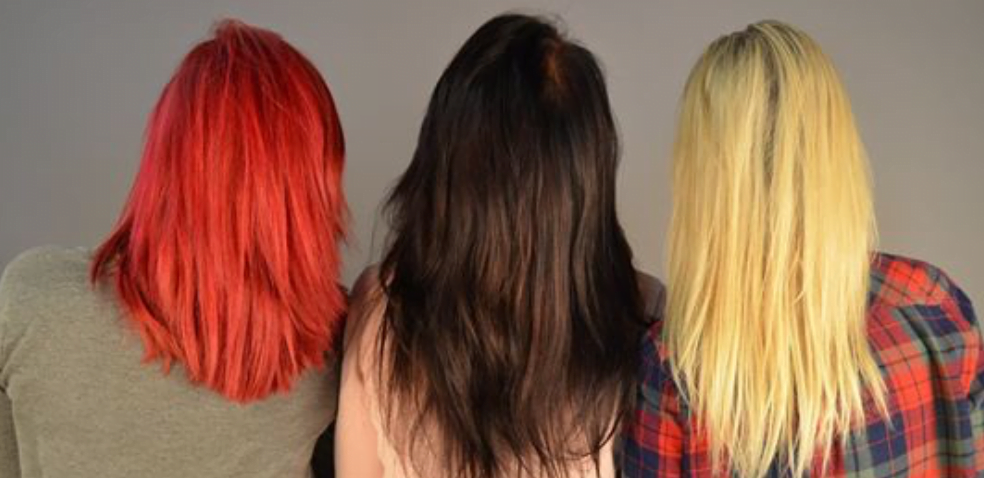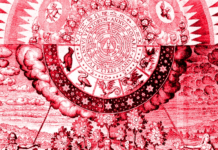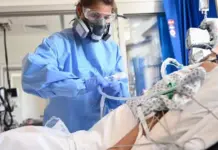
By Tracey Watson,
Though dying their locks might seem like an absolute necessity for many women as they get older and the gray starts setting in, new research from Finland should give women everywhere pause, as it indicates that this apparently harmless beauty ritual could be linked to an elevated risk of breast cancer.
For her doctoral dissertation, researcher Sanna Heikkinen of the University of Helsinkiand the Finnish Cancer Registry, examined self-reported information from 8,000 Finnish women with breast cancer and a further 20,000 controls. Heikkinen observed a 23 percent increase in breast cancer risk for those who dyed their hair on a regular basis.
Earlier research similarly found that women who regularly dye their hair are at increased risk of other cancers, including brain cancer, bladder cancer and leukemia. British scientists have also issued warnings in the past about the dangers of both home hair dye kits and professional dyes applied at hair salons.
One possible explanation for the elevated risk is that certain chemicals in the hair dye react with other pollutants in the air to form tumors when used on a continuous basis.
A landmark study back in 2000, by researchers from the University of Southern California, and published in the International Journal of Cancer, found that women who dye their hair on a monthly basis double their risk of getting bladder cancer. They also found that the risk continues to increase with prolonged use, and that hairdressers who work with hair dyes professionally face an even higher risk.
These shock findings prompted an immediate review by The European Commission, the body responsible for drafting legislation for the European Union. The results of that review led to the Commission withdrawing support for hair coloring products in Europe. The Commission stated at the time that there was insufficient evidence proving the safety of hair dyes. While recognizing that a robust study confirming their safety would take years, they felt it was imperative to protect consumers in the interim by advising against the use of these products. They particularly expressed concern about the long-term effects of a chemical called para-Phenylenediamine, or PPD, which is commonly used in hair dyes.
The CDC’s National Institute for Occupational Safety and Health (NIOSH) warns of the dangers of para-Phenylenediamine and notes, “Repeated or prolonged contact may cause skin sensitization. Repeated or prolonged inhalation exposure may cause asthma. The substance may have effects on the kidneys , [sic] resulting in kidney impairment.”
The European Commission’s recommendations raised concerns for many women at the time. As many as one-third of women in the United States routinely color their hair.
Several other health concerns are also linked to the use of hair dyes, including asthma and severe allergic reactions.
DIY hair dyes
Nonetheless, the reality is that very few of us have the courage to face getting older without helping nature along a little by covering the gray in our hair. Fortunately, there are several natural dyes available on the market, or if you want to be absolutely safe and create your own hair color at home, here are a few suggestions:
If your naturally blonde hair needs a color boost, try making a chamomile tea infusion as follows: Place eight chamomile teabags in a pot of water that has just been boiled, but has been removed from the heat. Allow the tea to steep for 30 minutes, then add a cup of yogurt and a few drops of lavender oil to the brew. Massage the mixture onto clean hair, leave it in for 30 minutes, then gently wash it out and allow your hair to dry naturally.
To restore the color to darker tresses, brew a pot of clean, organic coffee, using a dark, unflavored roast. Once the coffee has cooled, poured it into a basin, and working over the sink, work the mixture through all your hair. Leave it in your hair for 15 minutes, then rinse it off in the shower. You should be aware that some lighter hair may turn reddish rather than dark brown.
For those looking to restore their natural red, look no further than red hibiscus tea. Steep five of these tea bags in boiled water for 30 minutes. When the tea is cool enough, saturate all your hair with it. Leave it on for about an hour, then rinse and wash as normal.
Sources:
DailyMail.co.uk 1
DailyMail.co.uk 2
Helsinki.fi
HealthScamsExposed.com
USC.edu
CDC.gov
Credit: Naturalnews
Disclaimer: We at Prepare for Change (PFC) bring you information that is not offered by the mainstream news, and therefore may seem controversial. The opinions, views, statements, and/or information we present are not necessarily promoted, endorsed, espoused, or agreed to by Prepare for Change, its leadership Council, members, those who work with PFC, or those who read its content. However, they are hopefully provocative. Please use discernment! Use logical thinking, your own intuition and your own connection with Source, Spirit and Natural Laws to help you determine what is true and what is not. By sharing information and seeding dialogue, it is our goal to raise consciousness and awareness of higher truths to free us from enslavement of the matrix in this material realm.
 EN
EN FR
FR


























Great post, really helpful. Thank you for sharing!
I stopped coloring my hair more than 2 years ago, after I began buying only organic and non-gmo foods. It has been an inner struggle at times, one person told me I would never look like anything other than an old woman. I might try the organic coffee method but I am happy with my gray hair.